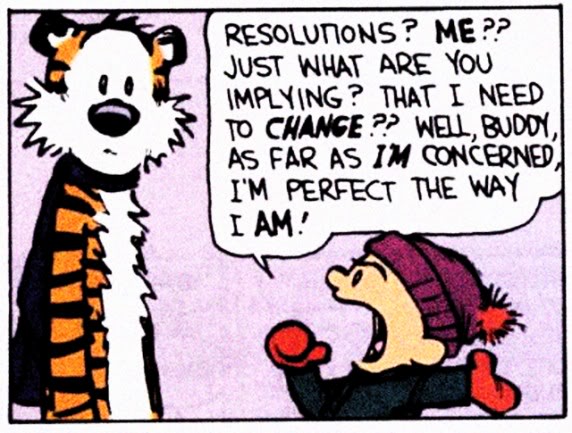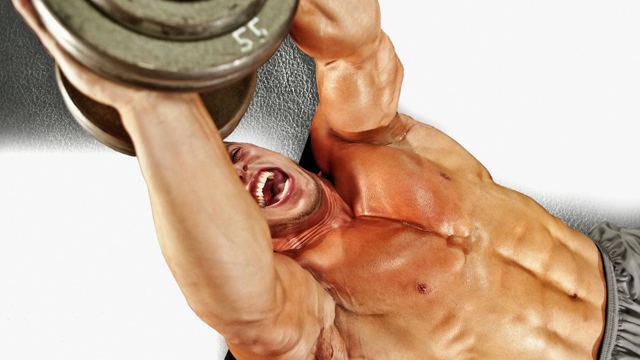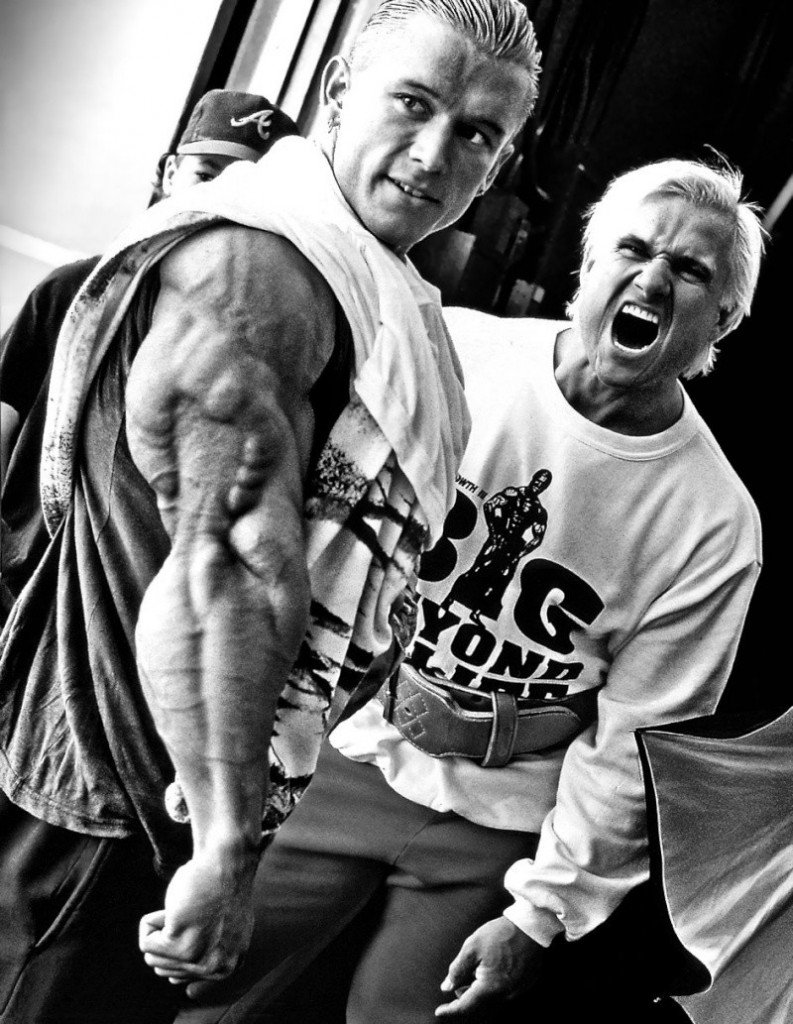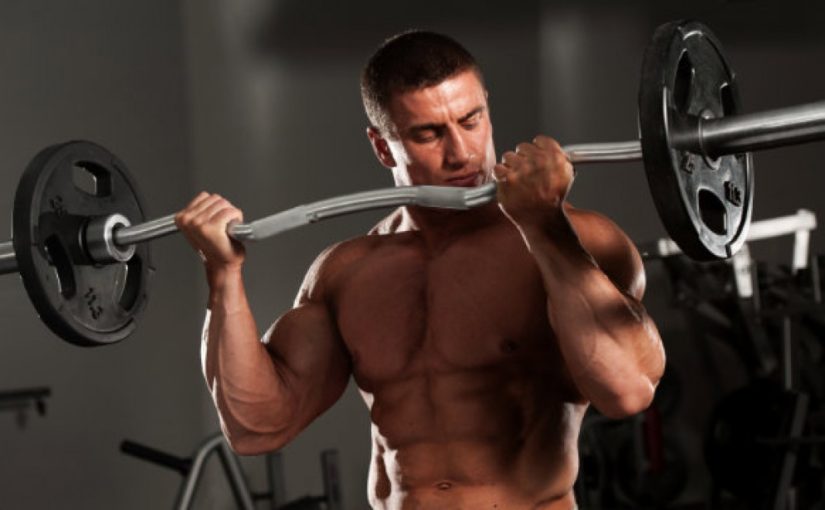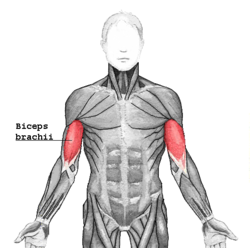Top 5 New Year Resolution Mistakes
As another year wraps up and comes to a close, I always tend to see more and more people “looking” to better themselves in some way or another.
Most of the time this is great to see! Nothing quite like a list of solid goals to shoot for, starting NOW.
A HUGE trap that I’ve seen many others fall into though, is the lack of correct preparation. Just because you want something big to change in the future doesn’t mean that it will. You must take ACTION on it.
Watch out for these 5 New Years resolution mistakes!
1. Having unrealistic expectations
From your point of view, the word “unrealistic” can mean something completely different than it means to me. I’m talking about something completely abnormal or unhealthy. A great example would be:
“I’m going to lose 50lbs in the next month because I saw the people
on The Biggest Loser do it.” No no no…
BE REALISTIC.
Those programs do not transfer completely into everyday life, nor do
they fit a “one size fits all” approach. Try making your goal
obtainable based on healthy guidelines like: Lose 10 pounds in the
next 3 weeks.
2. Not Giving Yourself a Deadline.
This can be an extreme help to push you in the right direction if
you plan it right. Remember this old saying…
“Goals without deadlines are just dreams.”
Having a precise deadline to shoot for will keep your priorities in order. You’ll set aside the designated time to workout, cook or do whatever it takes to reach your goal. This leads me into mistake #3…
3. Not Making Yourself Accountable
One of the best ways to keep yourself accountable EVEN if you aren’t physically working out with a partner is to tell EVERYONE what your goal is. Tell your closest friends, family members, broadcast it on Facebook, tell your dog, I don’t care! People will remember that you set the bar high for yourself. Just knowing this little tidbit of information can keep you motivated to reach the end result.
4. Not Having Action Steps
You see, if a big goal is to be accomplished, most likely it will consist of a bunch of “small” goals that lead to the “big” one. It can often be overwhelming once the novelty wears off and you realize that this New Year’s resolution is no walk-in-the-park after all. The first couple weeks may be amazing, but just like life; it will have its ups and downs. You can count on it.
The trick is to take a step at a time, literally. Don’t get caught up and distracted by the “big picture.”
Try writing everything down, too. It will save you from overworking your brain!
Draw a diagram with the big goal at the top. Make it branch out into 3-5 smaller goals that will be needed to accomplish it. Take it one step further and branch out from those into 3 daily goals for each. By now you should have a full “tree” on your paper.
This is a great way to get a mental “picture” of what the process will look like, and you’ll have a better understanding of exactly where to start.
5. Not Rewarding Yourself!
This is the simplest step of all:
When you reach one of your goals, big or small – reward yourself! You don’t have to pretend to be superman and go a million miles an hour 24/7. That’s just not realistic!
So many times in life I feel like we get caught up in “trying to be happy” with our current situations; but what about being happy with what you have right now? Why wait?!
Life is short my friends. Enjoy every single day to its fullest and reward your hard-earned accomplishments!
Just don’t go crazy with the pizza and chocolate 😉
Just a friendly reminder: 2013 can be the BEST year of your life if you allow it to be! Don’t settle for anything less. If you need some help keeping motivated, send me an email and I’ll be happy to tell you about some AMAZING books that have literally transformed my life and thoughts.
Take care guys, train hard!
-Mitch Muller
CPT – MindsetFitness.net
PS – Like my blog posts? Try subscribing to my YouTube channel HERE for latest videos and updates!

